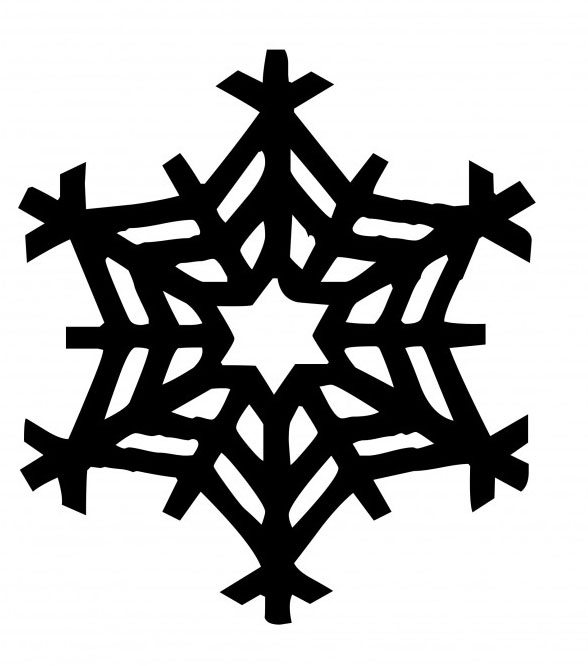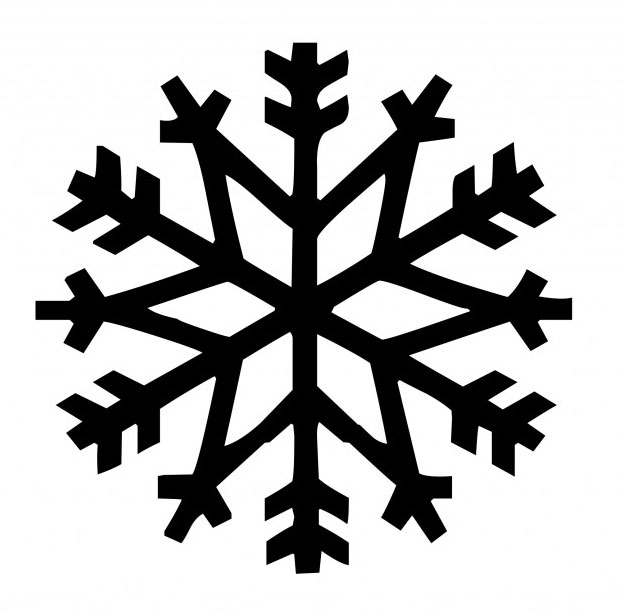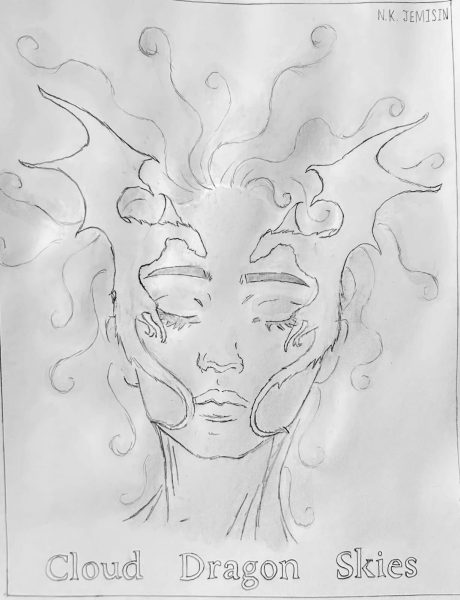Do you Know Your Snow?
Snow lovers, listen up.
A blizzard of sparkling snow crystals dance through the brisk air. You stick out your tongue out to catch a few flakes. Cars are idle and blanketed in white. People walk through the streets in warm coats carrying sleds, and snowmen line yards and sidewalks. After a long day, you go inside from the cold to enjoy a steaming cup of hot chocolate. Although we have already experienced a delayed start due to snowfall, the rare and dreamed about “snow day” has yet to make its appearance.
Despite Seattle’s shifty winter track record, this season has good odds of experiencing higher amounts of that oh-so-lovable white and flaky precipitation. But how do we know? Due to a principle called the El Niño effect, explains University of Washington professor David Battisti.
Climate patterns of the Tropical Pacific – the stretch of ocean from Indonesia to Peru – impact weather here in our very own Pacific Northwest. By studying climate patterns in that region, atmospheric scientists can predict whether it will be an El Niño or La Niña winter up here. El Niño winters mean slightly warmer average temperatures, and la Niña winters mean slightly cooler ones. Battisti explains that the El Niño phenomena affects temperatures primarily, which determine whether we get more rain or snow.
“If it’s warmer than normal, it means the snowline, or level where snow turns to rain, is higher than normal on average,” Battisti said. “Basically, in an El Niño year, the snowpack won’t be as good as a La Niña year.”
A La Niña winter doesn’t just mean cooler temperatures in the Pacific Northwest; there are global effects, specific to each region of the world. For example, this La Niña winter will mean warmer average temperatures for the Southern region of the U.S.
So here’s the good news for snow lovers: scientists have already predicted that we’ll get a La Niña winter in the Pacific Northwest this year. Statistically, this means lower temperatures, and overall, a greater chance of snowfall. On top of the short-lived snowfall we have already experienced, Seattleites can look forward to likelihood of a snowy holiday, and potential snow days throughout the season. For skiers, there is a season of plentiful powder ahead at local ski resorts. Senior Gabe Curhan is particularly hopeful.
“The winter of 2014 ended a long stretch of good winters and started an abysmal 2 year stretch,” said Curhan, who has been skiing since he was two years old. “This season has been different already; hopefully we are going to have a phenomenal winter and this early season snow will continue.”
Though this winter may be chillier, it isn’t all good news for the snow enthused. For future winters, rising global temperatures are set to impact snowfall greatly.
“As the planet warms, the snowline will continue to go up,” Battisti said. “All the predictions show that by 2050, Stevens Pass will look like Snoqualmie Pass does today.”






